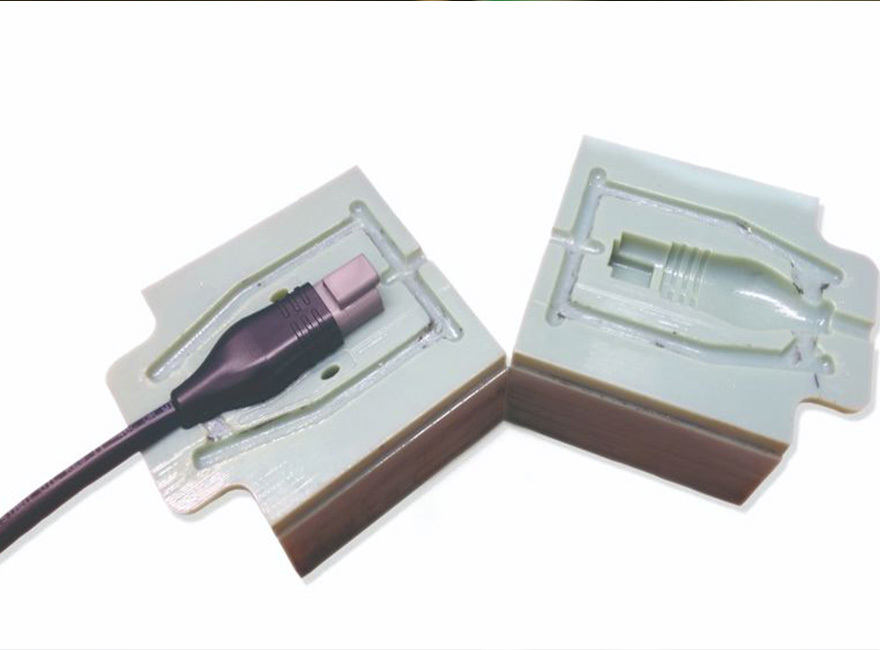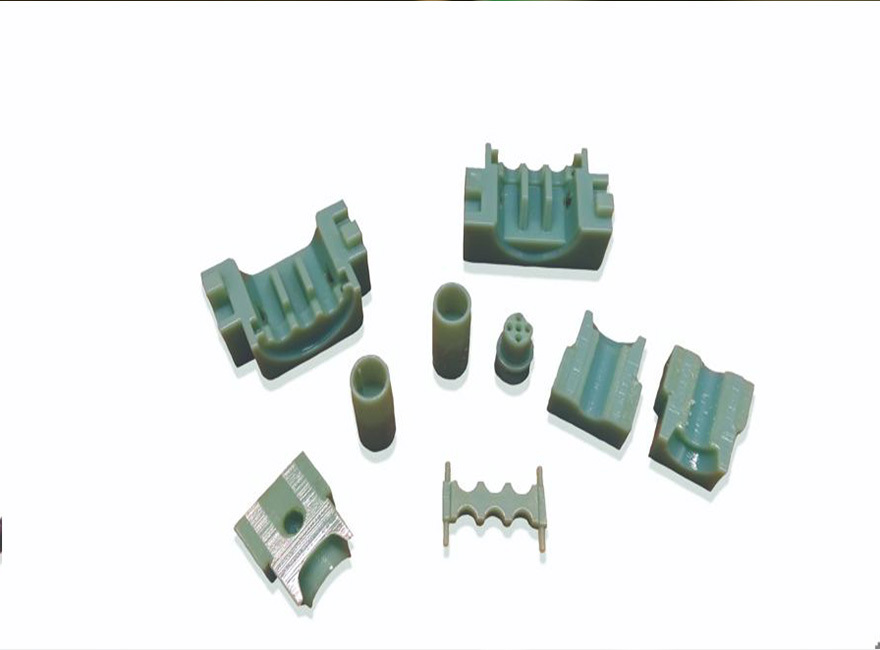Now Turck can try more design concepts than before thanks to the less expensive 3D printed molds. With more design freedom, Turck can respond to customer requests for variants of existing overmolded products. Often these product modifications have the same external dimensions, but different internal configurations, such as a bigger connector or cable. In the past, this required building new internal steel components such as pins and bushings for the mold, which was an expensive tooling investment.
But with Digital ABS, Turck can build modified internal parts for high- or low volume orders. If the part volume is high, prototype components are 3D printed and the final components are made from steel.
If the volume is low, Turck uses the plastic mold components to make production parts. The versatility and reliability of 3D printing with Digital ABS have opened the door to many more opportunities for Turck. From building prototypes quickly to gaining more design freedom, Turck can handle every custom order with agile expertise.


